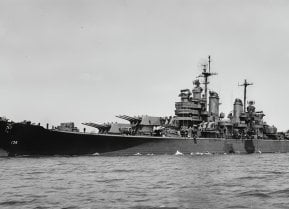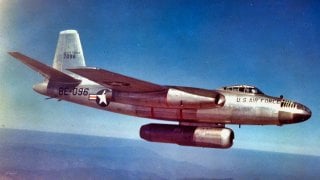B-45 Tornado: The Forgotten Air Force Bomber
Built by North American Aviation (NAA) – most famous for producing the B-25 Mitchell medium bomber and P-51D Mustang fighter plane during WWII – the B-45 Tornado made history in several aspects.
B-45 Tornado: A Relatively Unsung Piece of USAF Cold War Bomber History - When most folks think of old-school Cold War bombers, the B-52 Stratofortress AKA the “BUFF (Big Ugly Fat ......”) is most likely the first one to come to mind, especially since it’s still kicking **** and taking names after all these decades.
One might also think of the B-47 Stratojet, which was the first pure jet strategic bomber and received its fair share of Hollywood fame thanks to the 1955 movie Strategic Air Command starring Jimmy Stewart.
And one might think of the behemoth B-36 Peacemaker, which had the longest wingspan of any combat aircraft in history. However, relatively scant thought is given to the B-45 Tornado.
Which is a goshdarn shame, as the B-45 Tornado was a history-maker in more ways than one.
Let’s not give this unsung warbird its proverbial moment in the sun.
Brewing the B-45 Tornado
The North American B-45 Tornado – NOT to be confused with the Panavia Tornado fighter-bomber that carried out daring low-level air raids against Saddam Hussein’s airfields during Operation Desert Storm and suffered frightening losses in the process – made her maiden flight on St. Patrick’s Day 1947 – six months before the U.S. Air Force became an independent branch of service – and entered into U.S. Air Force operational service on 22 April 1948.
Built by North American Aviation (NAA) – most famous for producing the B-25 Mitchell medium bomber and P-51D Mustang fighter plane during WWII – the B-45 made history in several aspects:
- She was the first American four-engine jet bomber to take flight.
- She was the first American production jet bomber.
- The B-45 was the first jet bomber capable of carrying an atomic bomb.
- The B-45 Tornado was the first multi-jet reconnaissance aircraft to refuel in mid-air.
Specifications for the Tornado – courtesy of the Boeing Historical Snapshot info page – include a fuselage length of 89 feet – making it a light bomber by modern-day standards – a wingspan of 75 feet 11 inches, and a gross weight of 82,600 pounds.
Max airspeed was 575 miles per hour, with a service ceiling of 45,000 feet, powered along by four General Electric J47A jet engines with water injection.
Payload was 20,000+ pounds worth of bombs, whilst self-defensive armament consisted of two tail turret-mounted M3 .50 caliber machine guns.
The plane had a four-man crew, consisting of the pilot, co-pilot, bombardier-navigator and tail gunner.
B-45: Operational History
The B-45 served as both a bomber and a reconnaissance aircraft – designated the RB-45 for the latter role – during the Korean War.
Unfortunately, in the process, the Tornado made history in an unenviable category on 4 December 1950 when Soviet MiG-15 “Fagot” pilot Aleksandr F. Andrianov shot down an RB-45C over Red China, thus marking the first successful interception of a jet bomber by a jet fighter. None of the RB-45’s four-man crew lived to tell their tale.
B-45 bomber and RB-45 recon variants alike ended up serving in the Strategic Air Command (SAC) fleet from 1950 to 1959. A total of 143 airframes were built.
The only foreign customer to use the Tornado was the United Kingdom. In July 1951, three RB-45s were leased to the Royal Air Force (RAF), whereupon the birds and their handpicked crews were formed the "Special Duties Flight" at RAF Sculthorpe that carried out Operation Ju Jitsu, which consisted of daring deep-level reconnaissance missions over the Soviet Union to gather electronic and photographic intelligence. These Special Duties Flights lasted from 1952 to 1954.
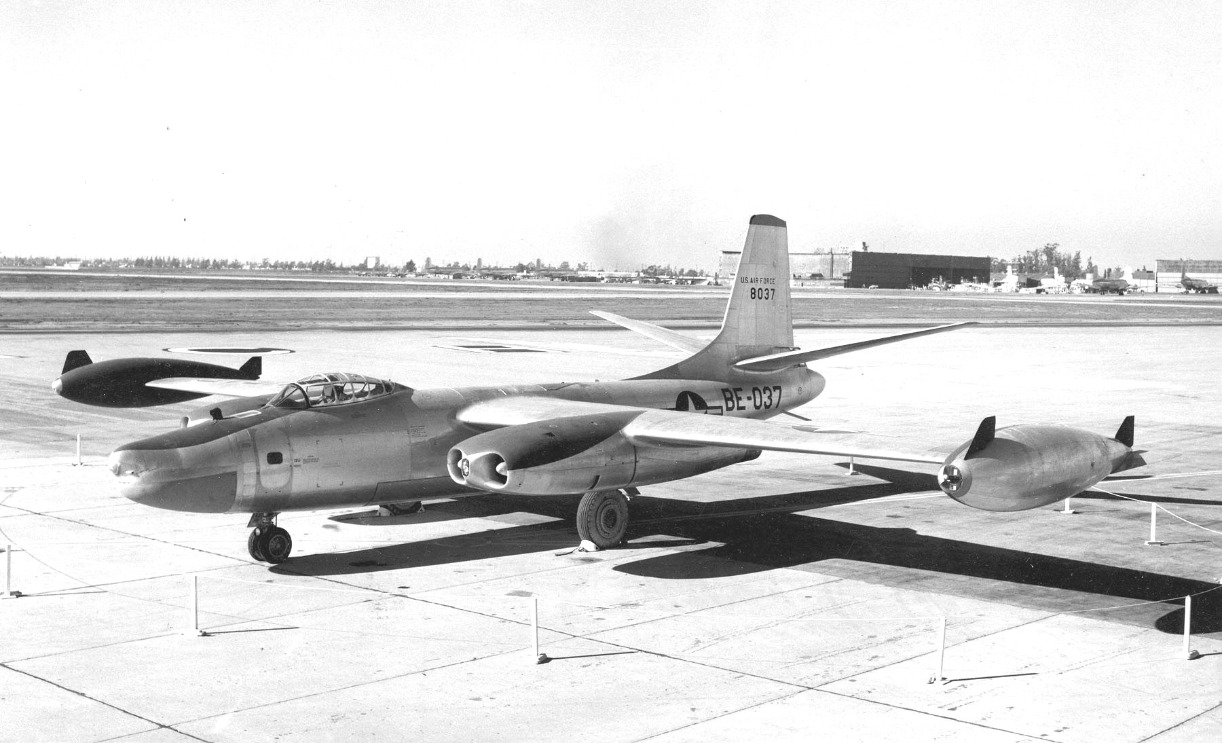
As noted by the RAF Sculthorpe Heritage Centre info page, “Due to the growing tensions between the West and East, President Truman forbid any kind of overflights, so SAC turned to Britain for help. The RAF, keen to show their worth in the "Special Relationship," agreed to crew the American loaned RB-45s. the cover story was that the RAF was evaluating the mid-air refueling capabilities of the RB-45. Both countries needed vital intel on the Soviet infrastructure, defences and offences… Only Col Hack Mixson, commander of the 91st [Strategic Reconnaissance Wing], [Squadron Leader John] Crampton and [Squadron Leader Rex] Sanders knew the true nature of the operation.”
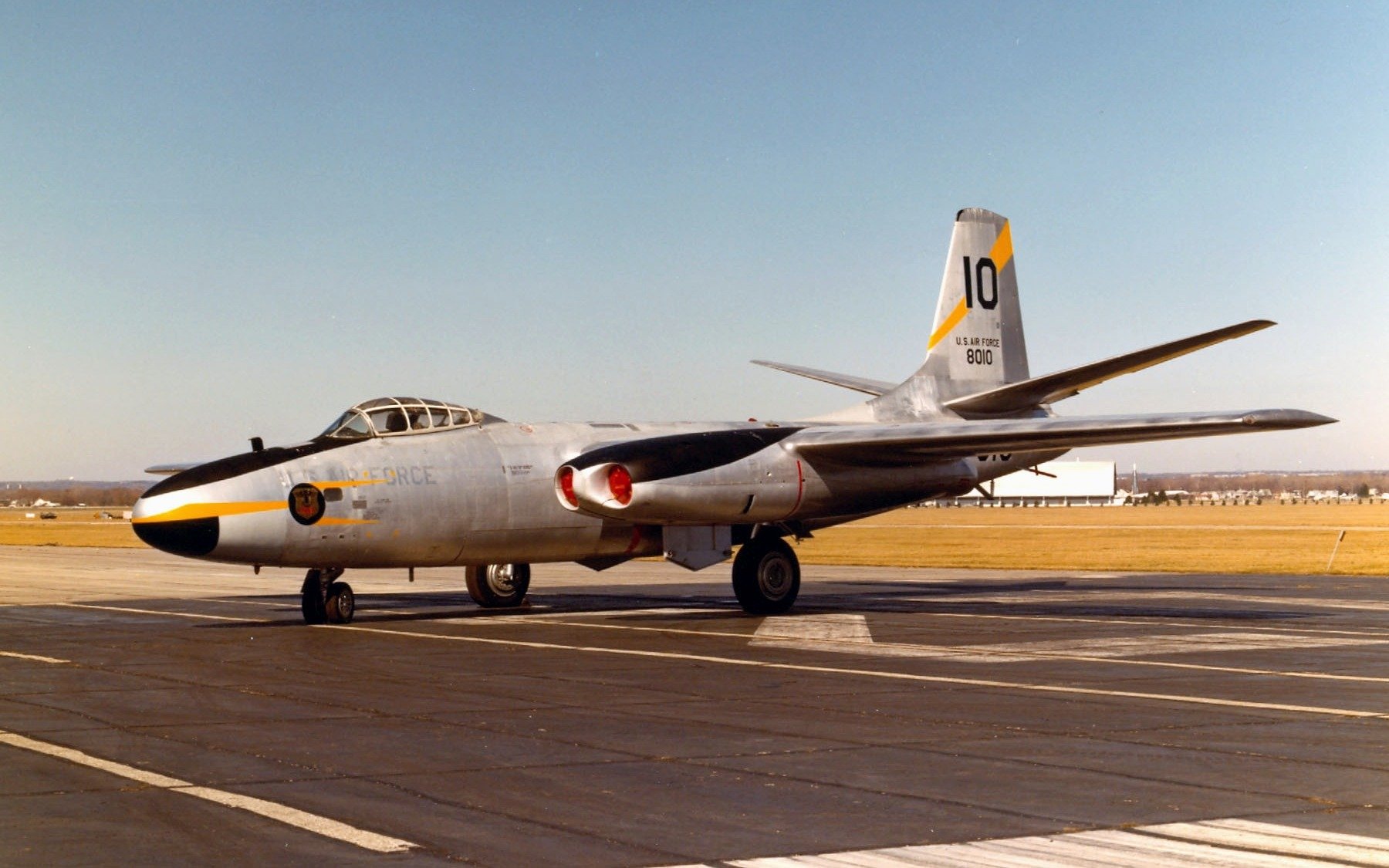
Where Are They Now?
A total of three Tornados survive today, all as static displays (rather than airworthy specimens): one at the Castle Air Museum in Atwater, California; one at the Korean War Gallery of the National Museum of the United States Air Force at Wright-Patterson AFB near Dayton, Ohio; and one at the Strategic Air Command & Aerospace Museum in Ashland, Nebraska.
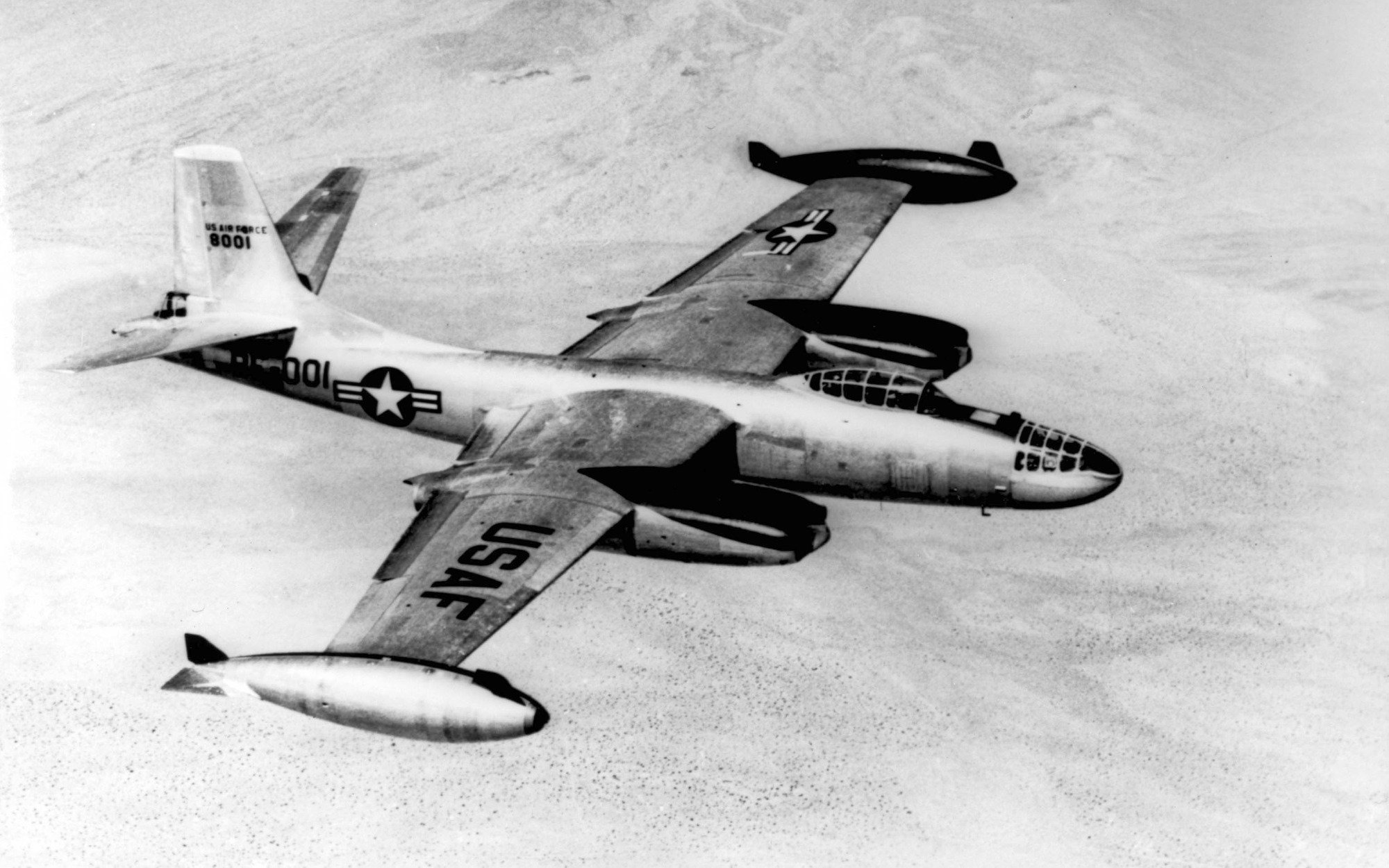
About the Author
Christian D. Orr is a former Air Force Security Forces officer, Federal law enforcement officer, and private military contractor (with assignments worked in Iraq, the United Arab Emirates, Kosovo, Japan, Germany, and the Pentagon). Chris holds a B.A. in International Relations from the University of Southern California (USC) and an M.A. in Intelligence Studies (concentration in Terrorism Studies) from American Military University (AMU). He has also been published in The Daily Torch and The Journal of Intelligence and Cyber Security. Last but not least, he is a Companion of the Order of the Naval Order of the United States (NOUS). In his spare time, he enjoys shooting, dining out, cigars, Irish and British pubs, travel, USC Trojans college football, and Washington DC professional sports. If you’d like to pick his brain in-person about his writings, chances are you’ll be able to find him at the Green Turtle Pasadena in Maryland on Friday nights, singing his favorite karaoke tunes.
All images are Creative Commons.
